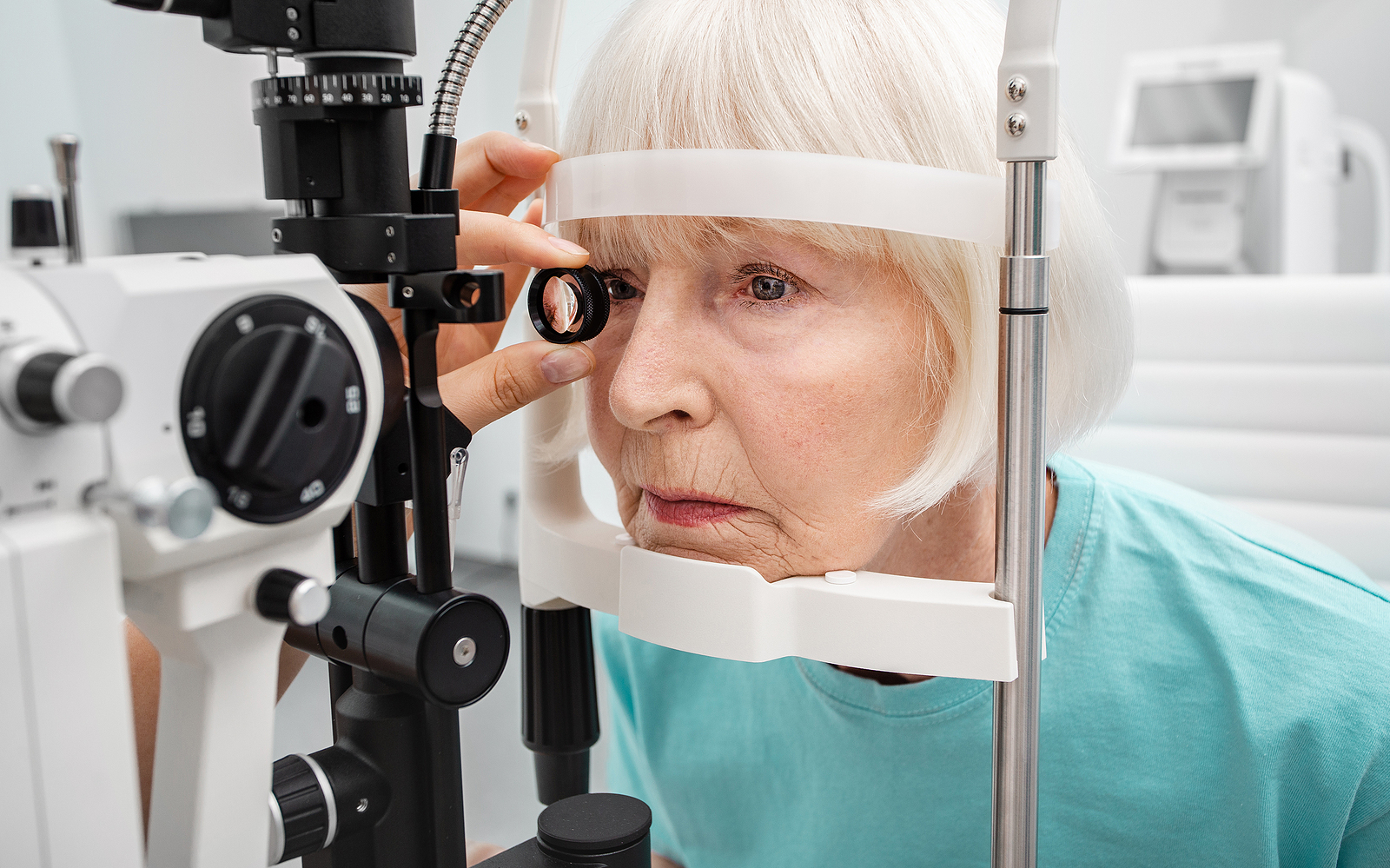How Tears Work

Tears are an essential part of helping you see clearly and keeping your eyes healthy. Here’s how they work.
The fact is, tears are a natural part of life. But what exactly are they, and what purpose do they serve?
Tears are a salty fluid composed of water, mucus, and fatty oils. They also contain over 1,500 proteins. In this way, tears have a very similar structure to saliva. Tears are released from the lacrimal gland which is located on the outermost region of your eye.
Tears also contain many electrolytes, including bicarbonate, chloride, potassium, and of course, sodium (which gives tears a salty taste). Additionally, tears sometimes have a small volume of magnesium and calcium.
Layers of Tears
The combination of electrolytes and fatty oils creates three distinct layers in your tears:
- The mucous layer which keeps tears attached to your eye when you cry. Without this layer, your eyes could develop dry spots on the cornea.
- The aqueous layer which is the thickest layer and is responsible for hydrating your eye. It keeps bacteria away and protects your cornea from infection.
- The oil layer which helps keep the other layers from evaporating. This layer also keeps the water’s surface translucent. Some people’s eyes don’t generate enough oil which can result in dry eyes. Conversely, too much oil can produce the same effect.
Additionally, tears contain natural antibiotics called lysosomes which help keep the surface of the eye clean by fending off bacteria and viruses. And because there are no blood vessels in the cornea, tears help bring these antibiotics to its cells.
Are There Different Kinds of Tears?
There are three primary types of tears:
- Basal tears: These tears are generated to protect the eyes from debris and keep them lubricated and healthy. They are always present in your eyes.
- Reflex tears: These tears are formed when your eyes need to wash out harmful irritants, like smoke, onion fumes, or some type of foreign body. Generally, your eyes will release them in larger volumes than basal tears. In addition, they often contain a higher volume of antibodies to help your eyes fight off bacteria.
- Emotional tears: These are produced when you’re feeling an intense emotion such as sadness, happiness, or anger. Some doctors have speculated that emotional tears might contain additional hormones and proteins — including prolactin, adrenocorticotropic hormone, and leucine enkephalin — which are usually not present in basal or reflex tears.
What Is Dry Eye?
Dry eye is a common eye condition in which a person doesn’t have enough tears to lubricate their eyes. Since tears are necessary for keeping the front surface of the eye healthy, dry eye can cause your eyes to become irritated or feel scratchy.
Dry eye is a chronic issue and most typically affects the elderly. This is likely because basal tears generate less frequently as you age. Additionally, dry eye is more likely to occur in those experiencing hormonal changes, most commonly pregnant women or those going through menopause. Luckily, dry eye can be diagnosed with a comprehensive eye examination.
If you think you might have dry eye, or are experiencing other watery eye symptoms, schedule an appointment with the eye doctors of Swagel Wootton. We can help you understand the root cause behind your symptoms and offer best-in-class treatment options.
Schedule an appointment with our office today at our Mesa and Chandler locations.
[DISPLAY_ULTIMATE_SOCIAL_ICONS]








